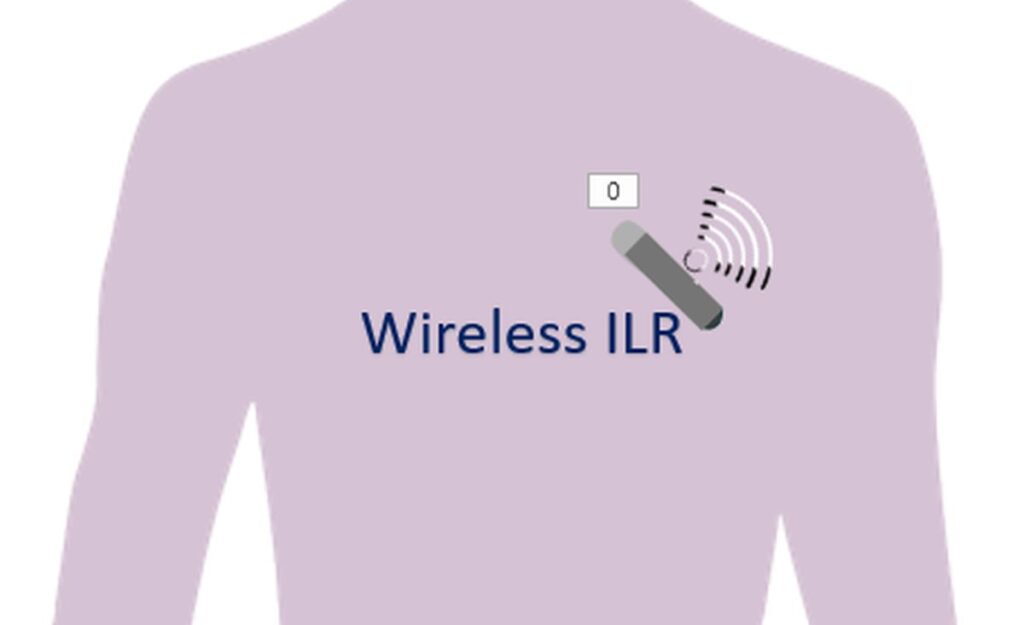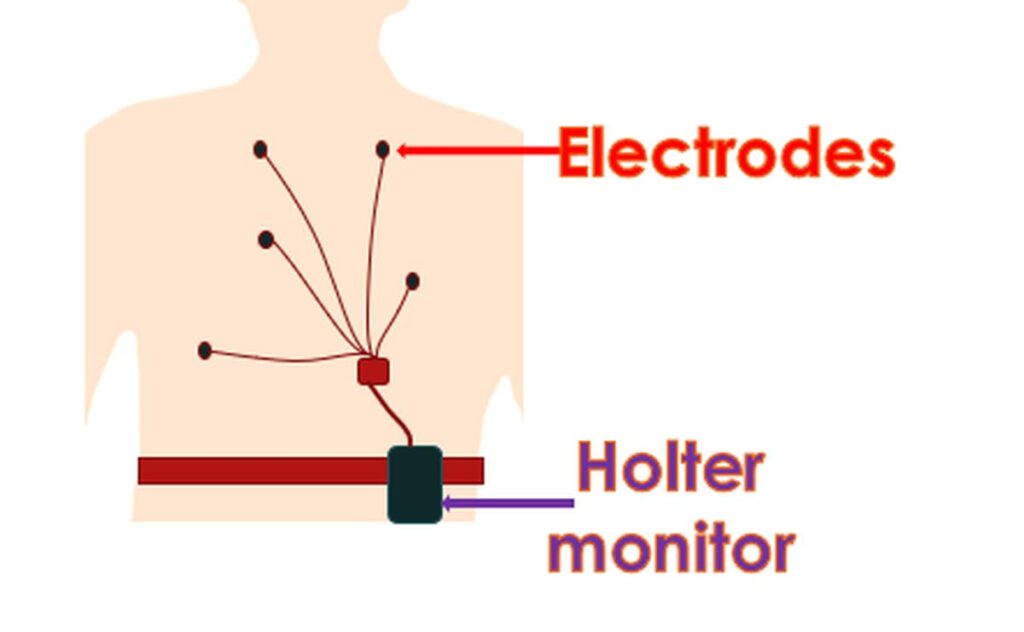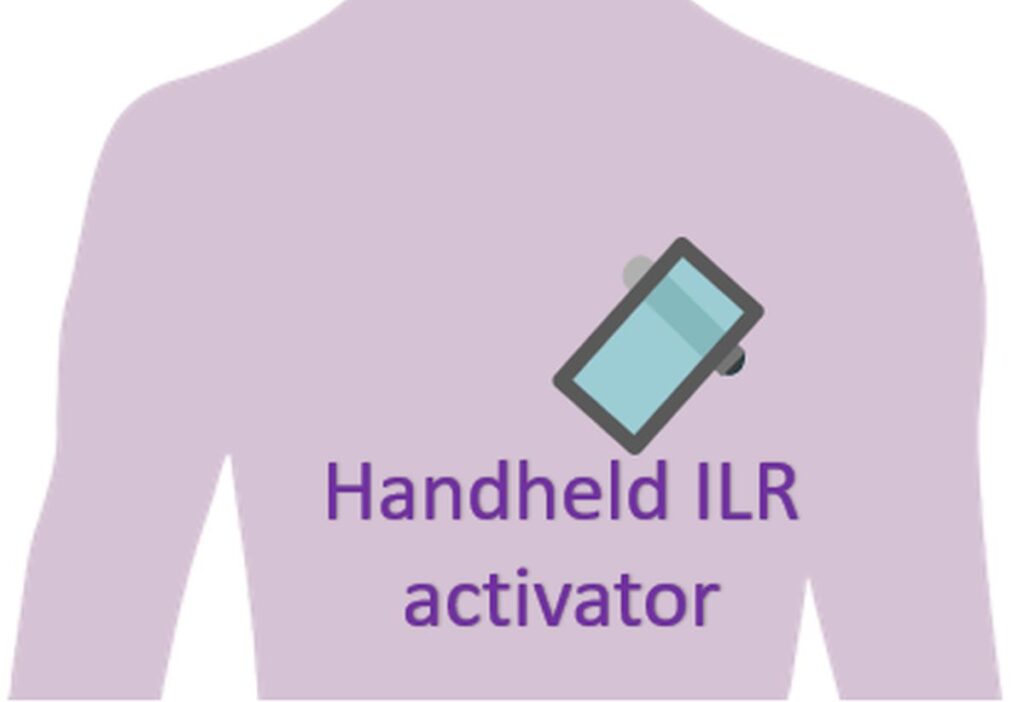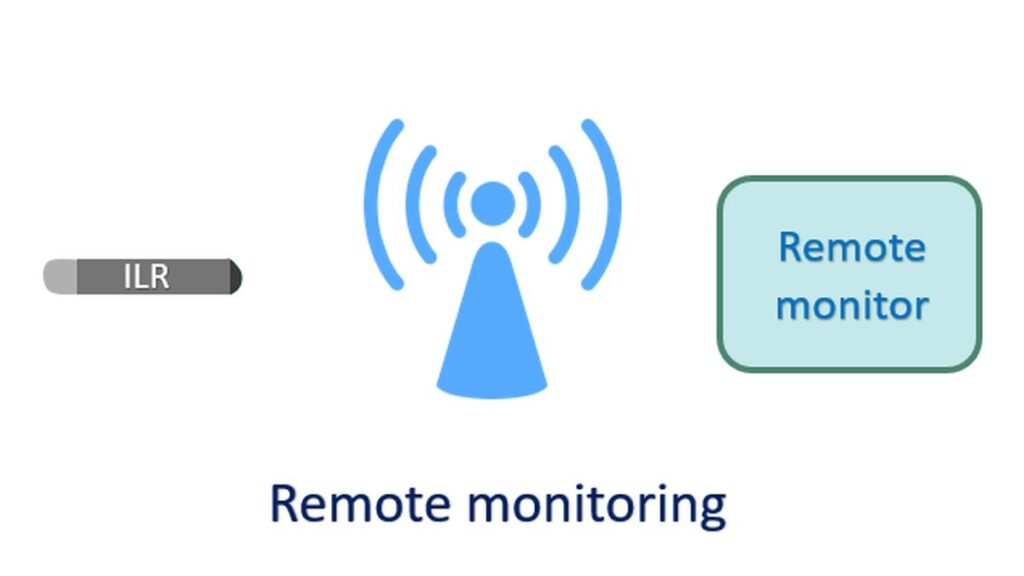What is an implantable loop recorder?
What is an implantable loop recorder?
Implantable loop recorders (ILR) are small devices which can be implanted under the skin and monitor the heart rhythm for about three years. They are useful in the evaluation of heart rhythm abnormalities which are not picked by Holter monitors or conventional external loop recorders.

Holter monitors are devices which can record the heart rhythm for 24-48 hours. External loop recorders can record for up to 1 month. Both these devices are worn on a belt clip and connected to the chest using electrode wires to pick up the electrical signals of the heart. These can record only heart rhythm disorders which occur frequently. Implantable loop recorders are useful in case of infrequent heart rhythm disorders as well, as they can record for a much longer period.

Persons with recurrent giddiness and irregular heart beats, the cause of which has not been documented by a Holter or external loop recorder are considered for implantation of an ILR. It can also detect an important heart rhythm disorder which can cause stroke or brain attack, known as atrial fibrillation. ILR can check whether the stroke is due to silent intermittent atrial fibrillation which has not been detected on ECG, Holter or external loop recorder. ILR can also be used to assess recurrence of atrial fibrillation after procedures done to cure it.
Implantable loop recorders have also been called insertable cardiac monitors and subcutaneous cardiac rhythm monitors. Subcutaneous means under the skin. Due to availability of smaller size devices which can be implanted using an injection like procedure, that variant has also been called injectable loop recorders. Though initially the procedure was done in a special procedure room known as electrophysiology laboratory, the injectable loop recorder can be inserted in other hospital areas with precautions to prevent infections, under antibiotic cover. Procedure costs can be reduced significantly by implantation outside the specialized facility, with overall low and similar complication rates.

Current injectable implantable loop recorders are magnetic resonance (MR) imaging conditional and have a battery life ranging from 2-4 years. MR conditional means magnetic resonance imaging can be done if essential, following certain protocols. Information from the ILR can be transmitted to a remote expert centre using special wireless devices kept near the person or those linked by Bluetooth to the person’s smartphone. Overall size of the insertable devices are about one to two cubic centimeters.
Implantable loop recorders monitor the heart rhythm continuously and store required parts in the permanent retrievable memory. Storing can be done either automatically by the device or activated by the subject using a hand held activator. Automatic transmission to the monitoring centre is available, to avoid clogging of the device memory with information. This is useful because old stored information gets erased when new information is stored, so that important older events may be missed in long term monitoring otherwise.

Remote monitoring with alert notification allows early detection of significant events. But sometimes the device may also give false alerts, increasing the workload of the monitoring staff! This is now being taken care of by improving the computer program within the device to avoid false alerts. Positioning of the device during implantation is also adjusted to pick up the electrical signals of the heart in the best way.

The latest devices with such specialized software to prevent false alerts and extra transmissions claim to have a battery life up to 4.5 years. The ILR is removed from under the skin once the purpose of implantation is served, that is the significant abnormality in heart rhythm is documented. Appropriate further treatment for the abnormal heart rhythm detected is then undertaken. If it is an undue slowing of heart rate causing giddiness and transient loss of consciousness, a permanent pacemaker is implanted. The permanent pacemaker will give regular electrical signals to the heart to prevent such slow down.



